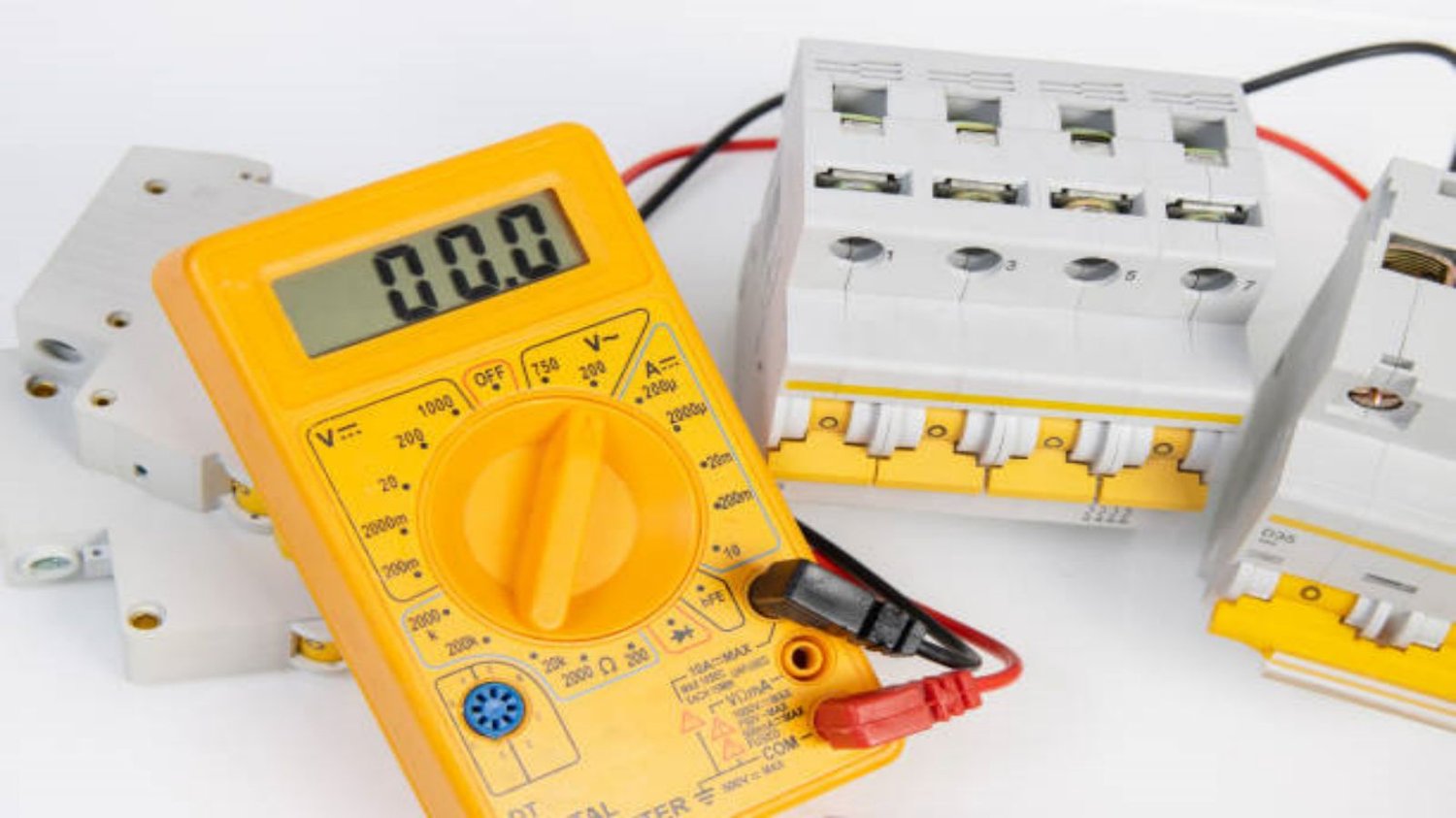Table of Contents

Voltage regulator test with multimeter: A Comprehensive Guide
Introduction:
The voltage regulator is a critical component in electronic devices and systems, responsible for maintaining a stable voltage level. To ensure proper functioning, it is essential to test the voltage regulator regularly. In this article, we will guide you through the process of testing a voltage regulator using a multimeter. Whether you are a beginner or an experienced technician, this comprehensive guide will equip you with the necessary knowledge to perform accurate tests.
1. Understanding Voltage Regulators
A voltage regulator is an electronic component that regulates or stabilizes the voltage output of a power supply. It ensures that the voltage remains within a specified range, regardless of fluctuations in the input voltage or load variations. Voltage regulators are commonly found in power supplies, automotive systems, and various electronic devices.
2. Importance of Voltage Regulator Testing
Regular testing of the voltage regulator is crucial to identify any potential issues or malfunctions. Faulty voltage regulators can lead to unstable voltage outputs, which can damage sensitive electronic components or cause system failures. By conducting routine tests, you can ensure that the voltage regulator is functioning correctly and prevent any unforeseen issues.
3. Preparing for the Test
Before conducting the voltage regulator test, it is important to gather the necessary tools and ensure a safe working environment. You will need a multimeter, a set of test leads, a power supply or battery, and the manufacturer's specifications for the voltage regulator being tested. Additionally, make sure to follow proper safety precautions, such as wearing appropriate personal protective equipment.
4. Testing DC Voltage Output
One of the primary tests for a voltage regulator is measuring the DC voltage output. To perform this test:
- Set your multimeter to the DC voltage measurement mode.
- Connect the positive (red) test lead to the voltage regulator's output pin and the negative (black) test lead to the ground or common terminal.
- Apply power to the voltage regulator by connecting it to a power supply or battery.
- Read the voltage value displayed on the multimeter. Compare it to the manufacturer's specified voltage range. If the measured voltage falls within the specified range, the voltage regulator is functioning correctly.
5. Testing Ripple Voltage
Ripple voltage refers to the small AC voltage superimposed on top of the DC voltage output. Excessive ripple voltage can indicate a faulty voltage regulator. To test ripple voltage:
- Set your multimeter to the AC voltage measurement mode.
- Connect the positive (red) test lead to the voltage regulator's output pin and the negative (black) test lead to the ground or common terminal.
- Apply power to the voltage regulator.
- Read the AC voltage value displayed on the multimeter. Compare it to the manufacturer's specified ripple voltage limit. If the measured ripple voltage is within the acceptable range, the voltage regulator is functioning properly.
6. Testing Load Regulation
Load regulation refers to the ability of a voltage regulator to maintain a stable output voltage despite changes in the load. To test load regulation:
- Connect the load resistor to the output of the voltage regulator.
- Set your multimeter to the DC voltage measurement mode.
- Measure the voltage output with no load connected and record the value.
- Connect the load resistor and measure the voltage output again.
- Compare the two voltage readings. If the voltage difference is within the specified range, the voltage regulator has good load regulation.
7. Testing Line Regulation
Line regulation refers to the ability of a voltage regulator to maintain a stable output voltage despite changes in the input voltage. To test line regulation:
- Set your multimeter to the DC voltage measurement mode.
- Connect the positive (red) test lead to the voltage regulator's input pin and the negative (black) test lead to the ground or common terminal.
- Apply different input voltages to the voltage regulator.
- Measure and record the output voltage for each input voltage.
- Compare the output voltage values. If the variation is within the specified range, the voltage regulator has good line regulation.
8. Testing Thermal Protection
Some voltage regulators incorporate thermal protection mechanisms to prevent overheating. To test thermal protection:
- Operate the voltage regulator at maximum load for an extended period.
- Measure the temperature of the voltage regulator using a suitable temperature measuring device.
- Compare the measured temperature with the manufacturer's specified temperature limits. If the temperature remains within the specified range, the voltage regulator's thermal protection is functioning correctly.
9. Testing Short Circuit Protection
Short circuit protection is an important feature in voltage regulators to prevent damage in case of a short circuit. To test short circuit protection:
- Connect a short circuit across the voltage regulator's output terminals.
- Measure the voltage across the short circuit using a multimeter.
- If the voltage drops significantly, it indicates that the short circuit protection is functioning correctly.
10. Conclusion
Testing a voltage regulator with a multimeter is a crucial step in ensuring the proper functioning of electronic devices and systems. By following the steps outlined in this comprehensive guide, you can accurately assess the performance of a voltage regulator. Regular testing and maintenance can prevent potential failures and extend the lifespan of your electronic equipment. Remember to always refer to the manufacturer's specifications and exercise caution while working with electrical components.
